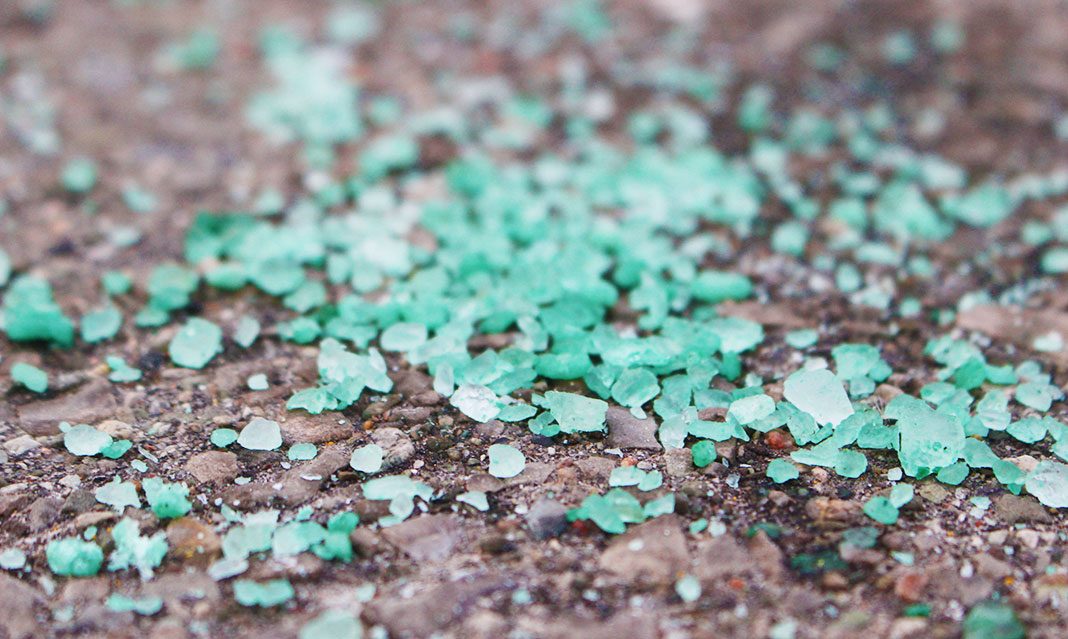With lower temperatures and winter weather comes an increase in road salt usage. Researchers from the McCauley Lab at UTM have studied the effects of increased salination in marine environments through a study on green darner dragonflies. Their study was published in the academic journal Frontiers of Ecology and Evolution and was co-authored by undergraduate biology student Racquelle Mangahas, Dr. Rosalind Murray, a post-doctoral researcher in the McCauley Lab, and associate professor Shannon McCauley. For this issue, The Medium talked to Murray about the negative effects of road salt.
Salt can enter freshwater through multiple channels. In urban environments, the rock salt used to clear ice in the winter can run off into freshwater when the snow melts. In the summer months, salt can enter lakes and streams through road gravel.
To reflect the amount of salt present in natural environments, the McCauley Lab measured “the concentration of the salt from UTM storm water ponds, so it was a reasonable amount of salt that these animals might experience.”
Green darner dragonflies were optimal test subjects for this experiment because they are top predators. Therefore, the effects of a high salt environment on the dragonflies has a compound effect on the aquatic ecosystem. Fortunately for the lab, although green darners are “usually difficult to find, they had a boom that year [and] so it was a great opportunity to test it.”
The study ultimately found that long-term exposure to environments that contained a lot of salt has a negative effect on insects living in aquatic environments. As Murray explains, high salt environments cause the dragonflies to “have a hard time responding to wounds that they might have.” On top of not being able to heal quickly, the dragonflies would be susceptible to parasite attacks. “They’re [also] prone to infections [and] sickness, and also might not be able to avoid being eaten.” Another consequence was feeding ability. Murray added that the insects “can’t eat as much or as quickly in high salt environments.”
The dragonfly species that the McCauley lab studied “is a top predator in fishless ponds which means it’s driving the community structure—the different animals and plants that can survive in the pond.” Zooplankton, an organism which dragonflies prey on, were also affected by the salinity of the environment. As Murray states, “there is evidence of zooplankton, the stuff that all the other animals are eating, being affected in both lethal and sublethal ways.”
Murray notes that research is being conducted on other animals within aquatic environments. The McCauley Lab themselves will be continuing research on the effect of increased salinity on dragonflies. “We have some ongoing work on salt tests in dragonflies and how they survive, grow, and thrive in these environments.”
The lab is also researching “carryover effects from larval environments being salty to what people might be seeing in adult dragonflies.” They are interested in urban environments as “a lot of the salt in the gravel and run off would be present in these areas.”



